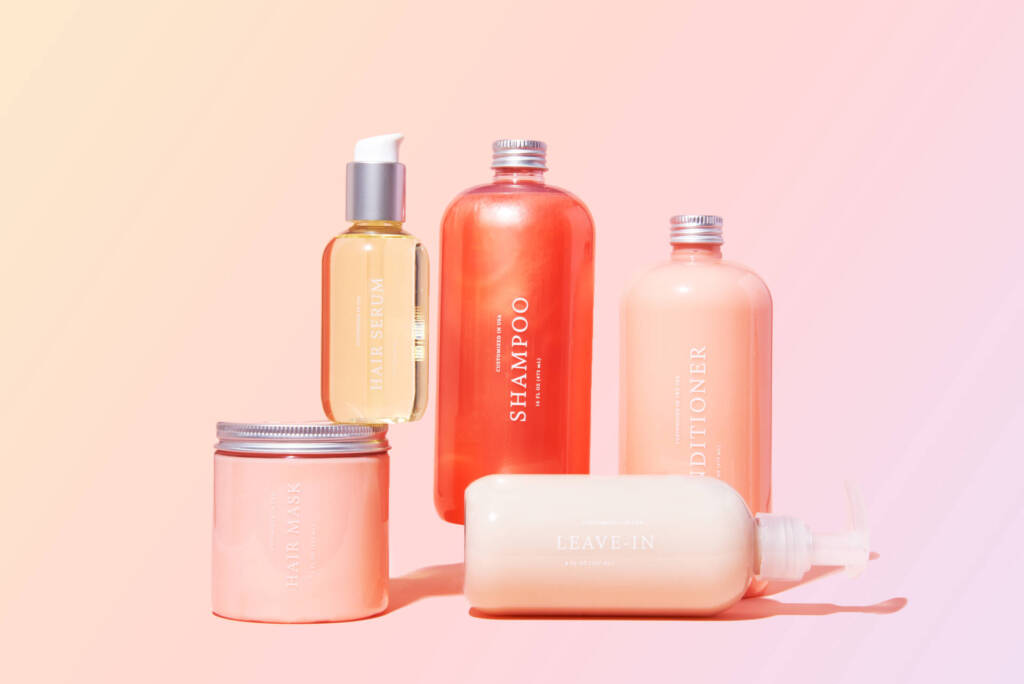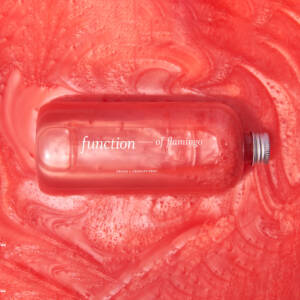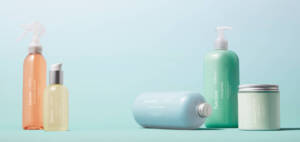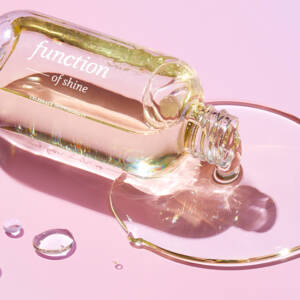On good hair days, type 1a hair is everything you’ve dreamed of — impeccably smooth texture that gives off a glossy sheen under the light. And let’s not forget its salon-worthy straightness that’s an effortless reality without flat irons.
Yet on bad hair days, flatness and greasiness mar the perfect beauty of 1a hair. The tug-of- war with your curling irons doesn’t help matters much either. So what’s a gal gotta do?
Fret not. We’ve got you covered from roots to tips with this guide to type 1a hair. You’ll learn the ins-and-outs of this straight hair type. To cap it off, we’ll share hair-healthy practices and products to keep your pin-straight locks looking their best.
Type 1a Hair: How It Came to Be
Like many people, you may have wondered how the term “type 1a hair” came to be in the world of hair typing. It all started with four broad hair categories — straight hair (type 1 hair), wavy hair (type 2 hair), curly hair (type 3 hair), and coily or kinky hair (type 4 hair). This hair typing system evolved over time to become even more specific. Each hair type is now broken down into three subcategories:
- Type 1 hair: Type 1a hair, type 1b hair, type 1c hair
- Type 2 hair: Type 2a hair, type 2b hair, type 2c hair
- Type 3 hair: Type 3a hair, type 3b hair, type 3c hair
- Type 4 hair: Type 4a hair, type 4b hair, type 4c hair
The rationale behind hair typing is to understand the unique characteristics of your mane so you’re aware of what it needs to thrive. For example, type 4 hair (aka natural hair) tends to frizz easily and requires lots of hydration. On the other end of the spectrum, type 1 hair doesn’t have the same problem but skews more toward oiliness.
From here on, we’ll zero in on all that is type 1a hair. First up, let’s use this checklist to determine if you belong to this hair type:
- Stick-straight from the roots to the ends, your hair has no wave or curl pattern at all
- Fine to superfine strands in terms of hair thickness
- A silky, smooth texture due to relatively flat hair cuticles
- A glossy appearance due to said flat cuticles and the natural oils coating the hair shafts
As you can see, type 1a hair has some major benefits to it, primarily its lustrous, frizz-free appearance. This makes it pretty low-maintenance when it comes to hair care compared to other types of hair. That said, there are a few challenges to naturally sleek hair.
It’s Not All Roses With Type 1a Hair
If you’re part of the straight-haired club, you may have ranted about:
- Flat hair: Because type 1a strands are on the thinner side and hang straight to the ground, heavy styling products easily weigh them down. Coupled with natural sebum buildup, it’s easy to see why a lack of volume is a primary concern among straight hair types.
- Difficulty styling: Stick-straight locks are very hard to curl into waves, much less tight ringlets. If you somehow manage to achieve loose beachy waves (at the expense of high heat and endless styling products), these waves uncoil before the day has ended. Plus, the ultra-glossy texture means hair accessories like barrettes and slides are forever falling off — so much for cute hairstyles!
- Oiliness: The geometry of straight hair means the natural oils on your scalp easily glide down the hair shaft. While the sebum keeps your mane well-moisturized from the roots to the ends, it can also be a double-edged sword for type 1a hair. In which case, your hair appears greasy, particularly near your scalp.
- Breakage: As mentioned earlier, type 1a hair is pretty thin — code for fragile. As you may have personally experienced, these fine hair strands are prone to breakage and they also shed easily.
As much as these hair issues plague most of the straight-haired population, there are ways to overcome them in your quest for healthier-looking hair.
Type 1a Hair: Hair Care 101
Caring for your silky-straight hair need not be a chore, particularly since it’s pretty low-maintenance to begin with. Here’s what you need to take note of:
Wash Your Hair Regularly
Natural and product buildup are your greatest enemies because they will fast-track you to a flat-looking ‘do. To keep the scalp buildup under control, you will probably have to wash your hair more frequently than curly and coily hair types do.
That said, don’t overshoot into the territory of overwashing. Many shampoos contain surfactants that can strip your hair of its natural oils. The reduced sebum levels then stimulate your scalp to produce more oils than usual to compensate for the increased dryness. Predictably, your hair looks — and feels — like an oil slick.
If you need help deciding on your hair washing schedule, hop over to our tell-all guide on “How often should you wash your hair?“
Pro tip: In between wash days, sprinkle some dry shampoo on your roots to cut down the grease. It will also add much-needed oomph and texture to your locks.
Less Is More When It Comes to Hair Products
As type 1a hair is easily weighed down, the last thing you want to do is pile dozens of products onto your tresses. At the same time, you want to boost its volume, control oil production, and clear out the buildup. Where in the world can you find a product (or a few) that does it all?
Allow us to introduce Function of Beauty to this conversation. Based on your answers to our hair quiz, we custom-build each product to the exact demands your hair needs. For example, you can personalize your shampoo and conditioner with type 1a-friendly hair goals such as:
- Volumize: Formulated with sweet almond extract and quinoa to help boost hair volume and protect against breakage and damage
- Oil control: Formulated with rosemary leaf extract and vitamin E to help stimulate scalp circulation and support scalp health
- Soothe scalp: Formulated with aloe vera and salicylic acid to help reduce scalp irritation and gently exfoliate the scalp
When all your hair goals are neatly compiled into a few haircare products for regular use, you can avoid volume-killing buildup.
Pro tip: Apply conditioning products, like your rinse-out and leave-in conditioners, from the mid-shafts to the hair tips. This will help minimize the likelihood of oily roots while maintaining optimal hydration.
Go Light Instead of Heavy
To avoid making type 1a hair flatter than it already is, go for lightweight haircare and styling products. That means staying away from products with heavy textures like oils, creams, and mousses. Instead, try our light-as-air hair mist whenever you feel your tresses can do with a dose of softness.
While you never have to blow-dry your hair to achieve that silky, smooth look, there may be times when you want to use heat styling tools for waves and curls. As type 1a hair doesn’t curl that easily, this means hiking up the temperature on your curling iron. Unfortunately, it also means more heat damage than your fine strands can take. (Uh oh, breakage!) What you need is a formidable heat protectant to help insulate your delicate fibers from extreme heat.
Our custom hair serum may be just what your tresses need. This lightweight, silicone-based styling product enhances shine and smoothes frizzy hair. What’s more, it can protect type 1a hair from temperatures up to 400 degrees.
Pro tip: To extend the longevity of your hairstyle, use a lightweight hairspray to hold it in place.
There’s Nothing to Dislike About Type 1a Hair
The verdict is in: there’s nothing to dislike about type 1a hair. Sure, it may throw a few snags into your haircare and styling routine — flatness, oiliness, and breakage can often show up. But on the bright side, these issues can be remedied with the right haircare practices and products in place.
Type 1a hair is already pretty manageable thanks to its lack of dryness, frizz, and roughness. With a few simple tweaks to your routine and a few additional products (P.S. check out our full haircare range), your type 1a hair will be hair commercial-worthy!





